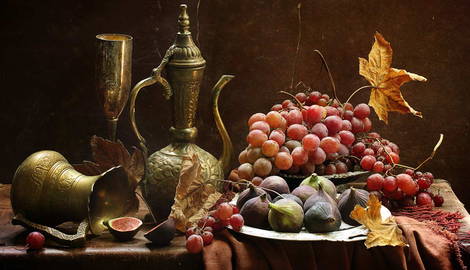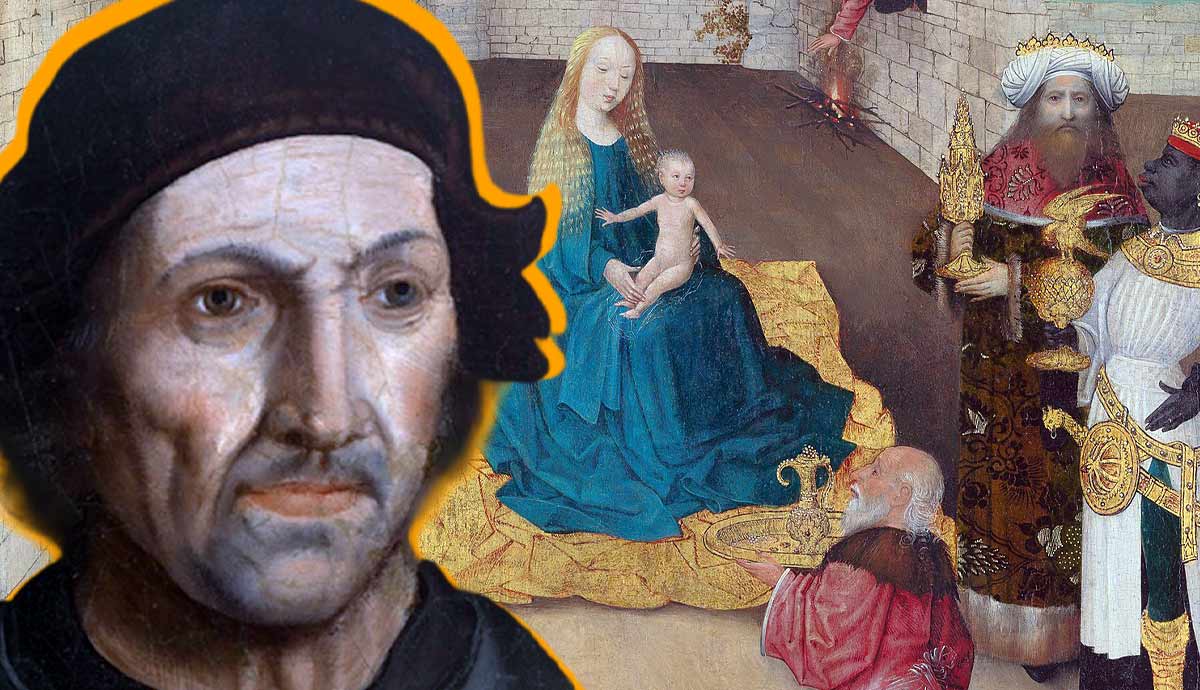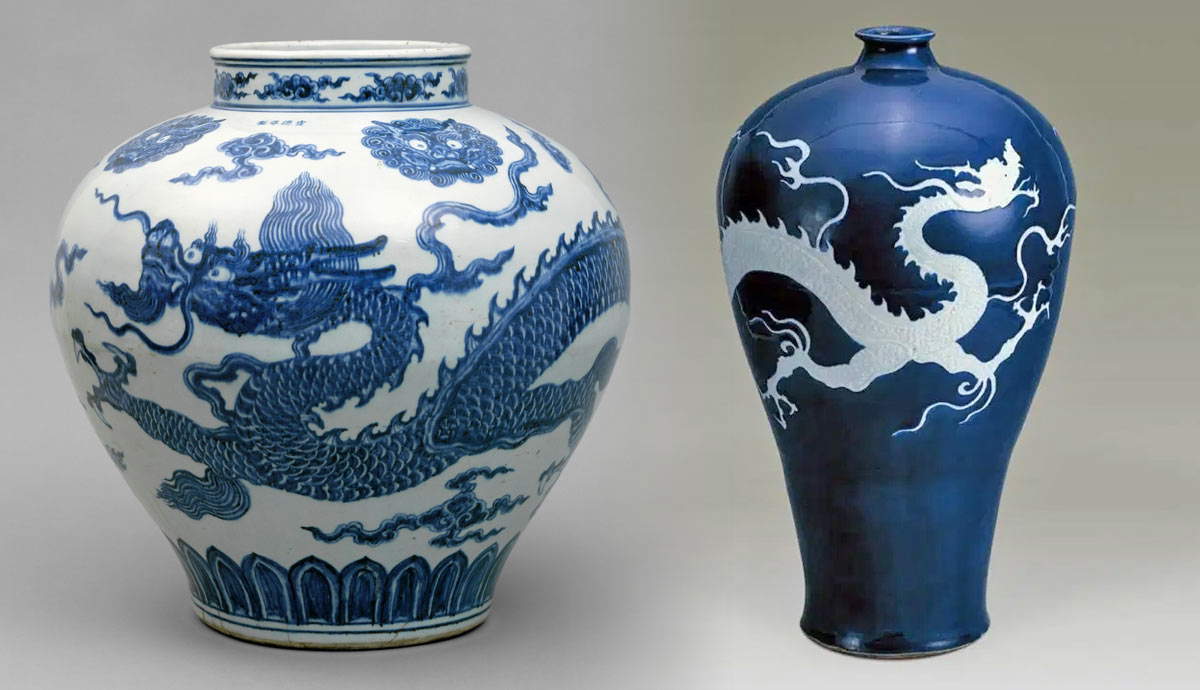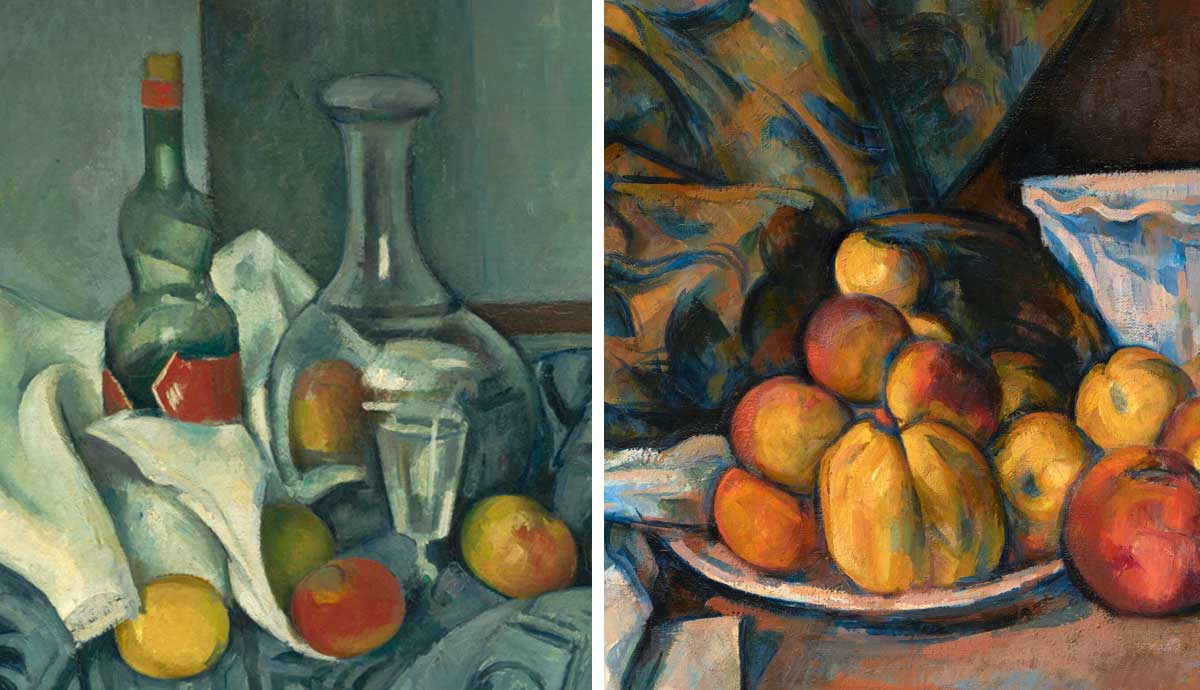
Although still life painting as a representational form has existed since antiquity, it only began to take a form familiar to us in the 16th century during the Baroque era. Still life painting was fairly popular among women artists as it did not require studying nude human figures. This article explores how still life art has shifted over centuries, incorporating photography, painting, and drawing techniques.
Still Life Painting as We Know It: Dutch Baroque

Roman and Egyptian portrayals of fish, game, and fruit acted mostly as forms of visual communication and advertisements of goods and services. However, in the later Renaissance era, they began to obtain distinctive symbolic and aesthetic meanings, highly desirable among commissioners.
In Northern Europe, the development of still life painting was greatly propelled by the religious revolution. The Protestant Reformation movement originated in Germany as a protest against the abuse of power in the Catholic church and the clergy’s enforced monopoly on interpreting the Scripture. Another issue of the Protestant leaders was the accumulation of wealth by Catholic priests and church officials, particularly in the form of expensive art and lavish ritualistic objects decorated with precious stones and gold.
They strongly objected to the veneration of saints’ images and relics, believing this practice to be idolatrous. This idea, together with mass disappointment with the inequality and power structures reinforced by the Catholics, triggered a wave of iconoclastic violence. Crowds broke into Dutch and German churches, looted the riches, and destroyed artworks.

However, this violent outburst had a productive result. Practicing painters, who previously worked predominantly with religious art, still continued to supply their Catholic commissioner but also needed to come up with something to appease the Protestants. For that reason, artists began to develop secular forms of painting that codified moralistic and religious ideas into the language of symbols.
Still life was one such painting form that gained immense popularity in the 17th century. Painters often depicted objects considered to be symbols of high status, such as imported seashells, Chinese porcelain, pearls, or fruit, to both create appealing images and also leave a message on the transience of all things living. In such still lifes, flowers were often waning and fruit seemed to begin to rot, showing how short-lived the pleasures of life were.
Women Artists and the Hierarchy of Genres

For most of art history, still life was considered a lesser genre in painting in comparison to more revered forms like portraiture or history painting. It was believed that compositions of flowers and fruits required significantly less skill and talent. Such paintings were rare guests at the prestigious salons, deemed universally appealing and thus not highbrow enough. Indeed, small-scale still lifes were almost universally appealing and did not require extensive knowledge of history or literature to make sense of their topics.
Still lifes also did not require working with live models. That fact, along with the generally dismissive attitude towards the genre, made it a perfect field for women who wanted to practice art. For centuries, studying the human body was deemed immoral for young women of any class. Thus, women were not allowed to study anatomy. Still life painting, in the eyes of Baroque-era thinkers, did not need much creativity and relied on simply repeating objects from nature. That does not mean, however, that women artists were not innovative in that field. For instance, famous painter Clara Peeters extensively experimented with compositions and perspectives, even incorporating elements of self-portraiture into her compositions.
Paul Cezanne & Giorgio Morandi

The artist who led the tired and supposedly boring genre of still life to the new avant-garde heights was Paul Cezanne. For most of his career, Cezanne painted still lifes and landscapes, carefully dissecting each of his painted objects into a construction of simple geometric shapes. Such an approach was revolutionary in art and almost immediately attracted both followers and haters. The artist’s goal was to marry the centuries-old tradition with the new visual and expressive demands of his era. He believed the key to the modernization of art lay in the studies of form.
Cezanne was not interested in painting fruit; he was preoccupied with pure form, often turning the attributes of recognizable objects into mere schematic indicators. His apples and peaches, for instance, were only loosely reminiscent of real objects, with flashes of yellow and red paint setting them apart from the rest of the scene. Cezanne barely cared for the symbolism or complex messages behind his paintings. Instead, he preferred to view them as geometric exercises. He was fairly critical about some of his famous contemporaries who, in his view, did not have a good command of artistic form. For instance, he disliked Paul Gauguin and disapproved of the effect his works had on some young artists, as he believed that Gauguin’s works lacked common sense.

More than a decade after Paul Cezanne’s death, a young Italian artist discovered his art during the Venice Biennale and was transformed once and for all. Giorgio Morandi was a notoriously reserved painter who, although aware of trends and art movements, deliberately chose to limit the scope of his artistic exploration. After his initial encounter with Cezanne’s art, Morandi dived deeper into studies of form and composition. Morandi went even further than Cezanne, completely wiping away the practical function of objects. He used to cover his bottles and vases in a thick layer of plaster to erase any connotations of mundane use.
Although his objects may have seemed familiar, they were not the functional bowls or vases one would expect to find at home. Morandi made an emphasis on a limited soft color palette and the intricate interplay of forms. He always said that his still lifes did not mean anything and simply existed as geometric arrangements.
Giorgio Morandi’s interpretation of still life painting inspired generations of artists who aimed to free their art from unnecessary symbolic or contextual weight. Morandi’s studies partially inspired the movement of Minimalism, which took the approach of simplifying form to the extreme.
Cubist Still Life

Although Cubism was one of the most influential art movements, its scope of subject matter was severely limited, especially in the movement’s original form. Georges Braque and Pablo Picasso, the founding fathers of Cubism, were mostly concerned with painting nude female forms and still lifes, with occasional inclusions of portraits and landscapes. Cubist compositions were constructed not only from various geometric forms but from multiple planes and conditions of the same object at once. Moreover, the arrangements of bottles, smoking pipes, newspapers, and glasses represented a distinctively male point of view. All these attributes were associated with male leisure and Parisian cafe culture that was unavailable to women at the time unless they were engaged in service or sex work.
However, Cubism’s main accomplishment in the context of still life’s evolution was the attack on boundaries between life and painting. To bridge the gap that separated the painted surface from objective reality, Cubists started to incorporate actual pieces of real life into their compositions. Thus, Georges Braque mixed powdered quartz into his paint to give it texture, and later, together with Picasso, glued pieces of newspaper, wallpaper, or even chair seats to artistic compositions. This way, still life painting moved from depicting objects to directly and physically representing them.
Still Life Photography

After the invention of photography, the new technology was, for a while, used to express the same concepts and ideas as painting. Early still life photographs relied on the same compositional techniques and symbolic forms as still life paintings. However, photography, in its more advanced form, allowed an unprecedented degree of detail and an immediacy that was impossible to achieve.
In the 20th century, still life photography preoccupied itself with reinventing the traditional form of still life and turning it towards a new, naturalistic, and relevant form. For instance, the famous photographer Wolfgang Tillmans was inspired by Baroque still lifes, but also worked with arranging objects and artifacts taken from contemporary culture.
Still Life Painting & Sculpture Beyond Baroque

Almost all art movements that were present on the modern artistic scene in the 20th century addressed still life painting in one way or another. The Surrealists treated objects as symbols of hidden desires and fears, and Pop Artists used still life to talk about consumer habits and the capitalist mindset. Photorealists like Audrey Flack reinvented the idea of Baroque vanitas by arranging colorful compositions from modern objects and status symbols.
The most interesting developments, however, occurred in the domain of abstract art. Despite the obvious materiality of still life, some artists took their experiments with form to abstract extremes. For instance, artist Louise Nevelson arranged semi-abstract sculptural still lifes by combining household items inside wooden boxes and painting them over with a single bright color.










